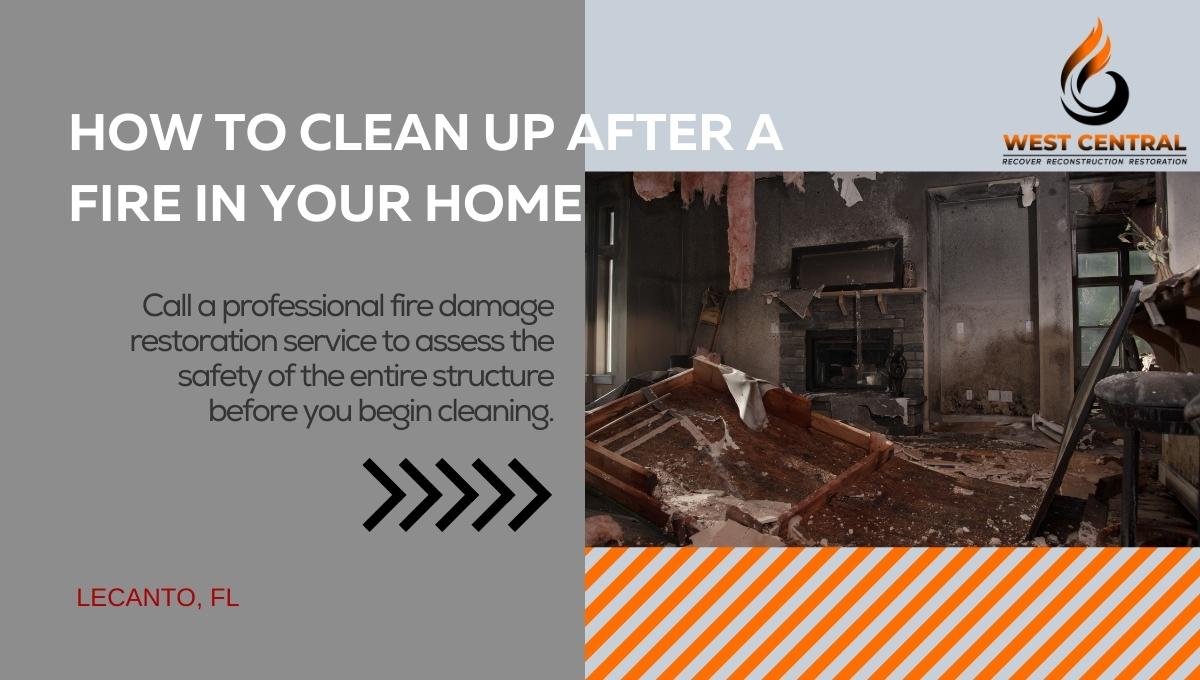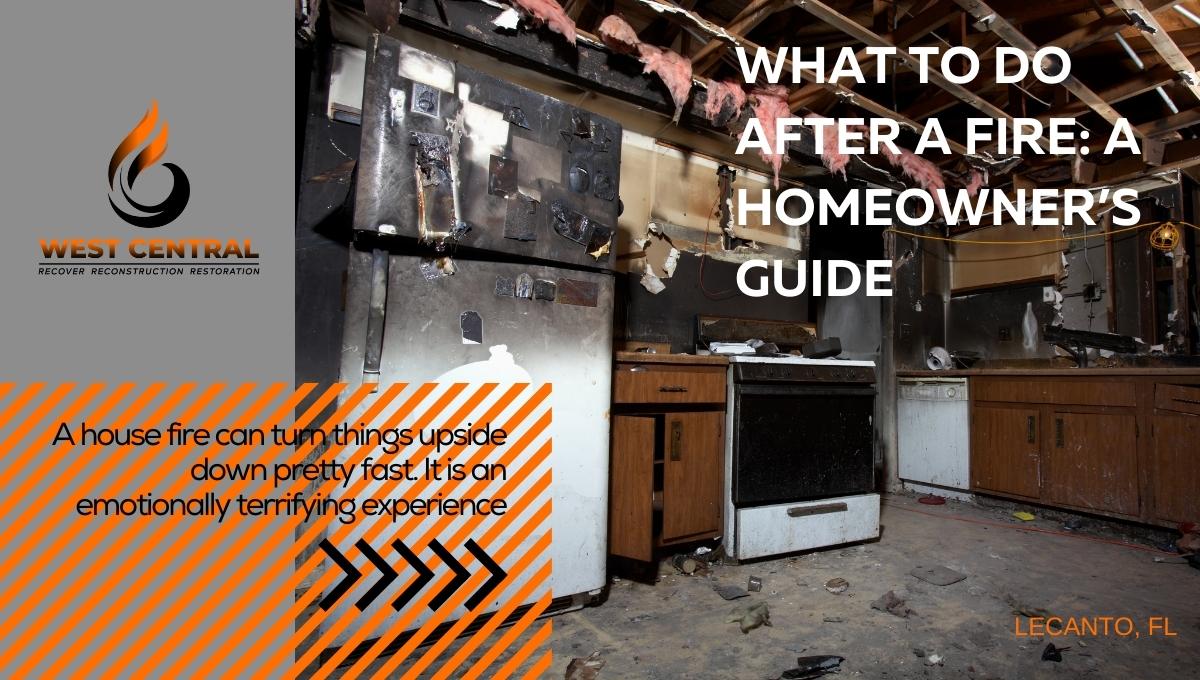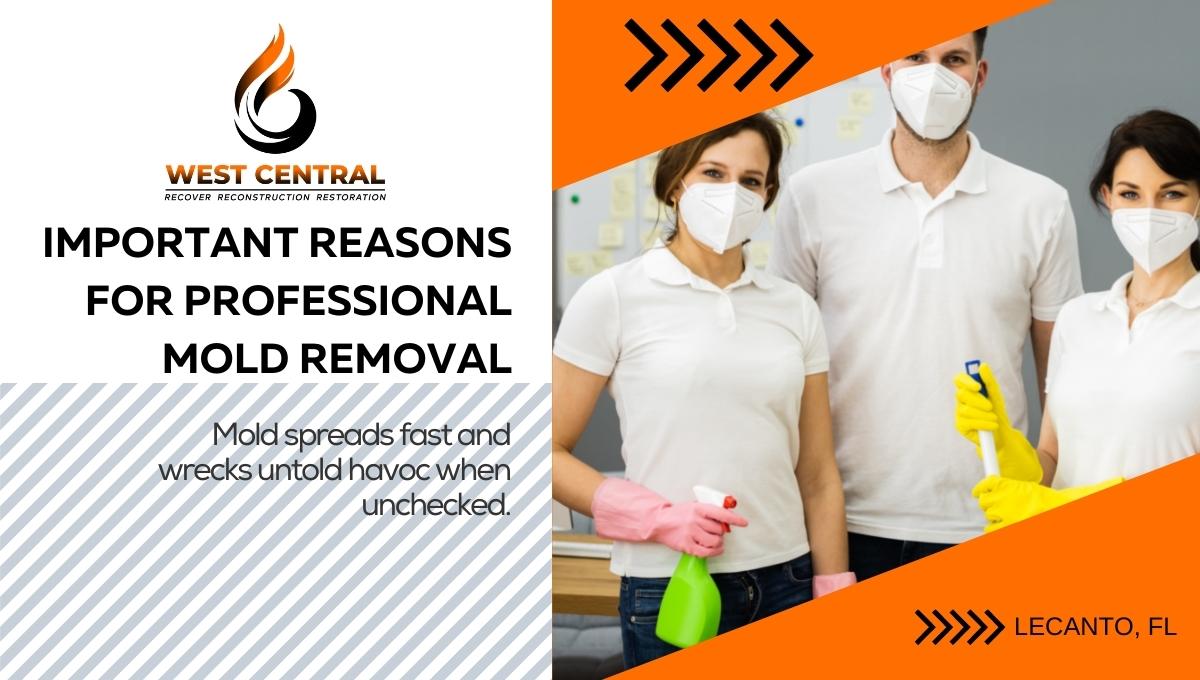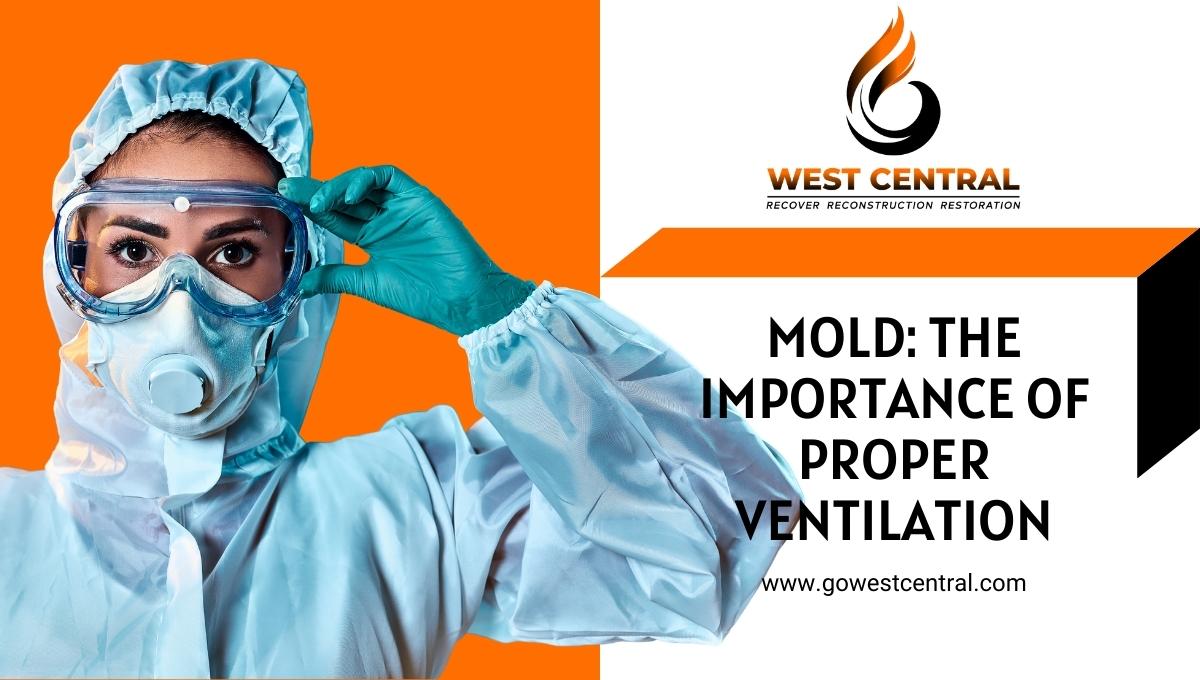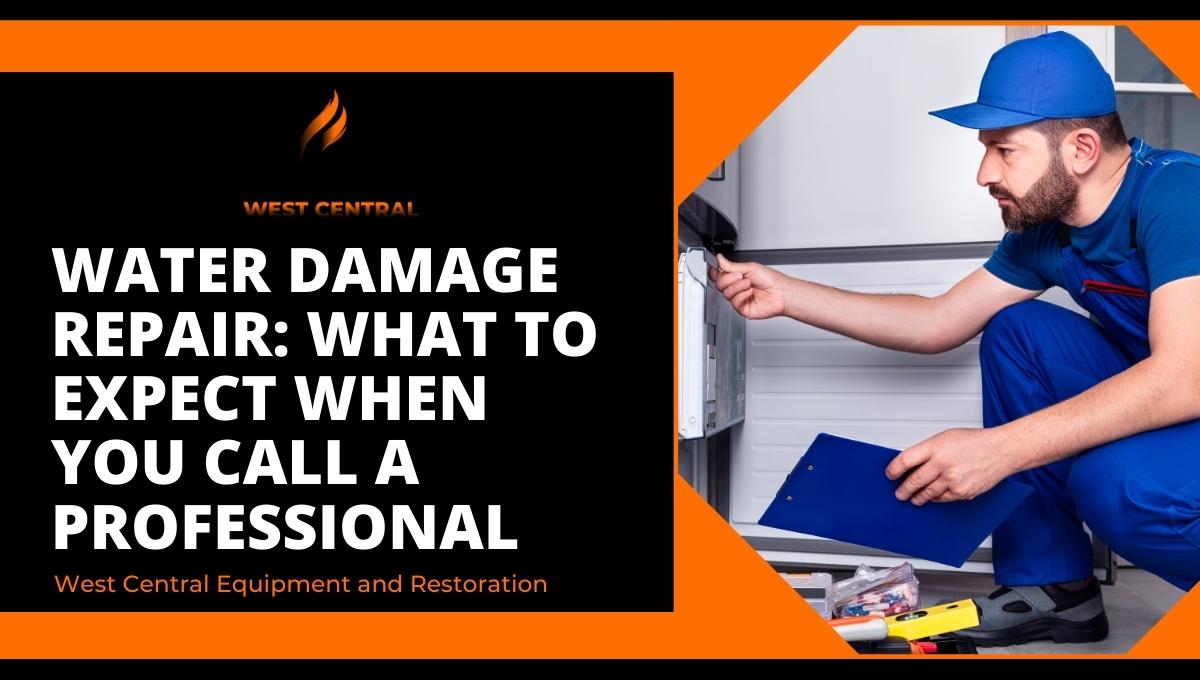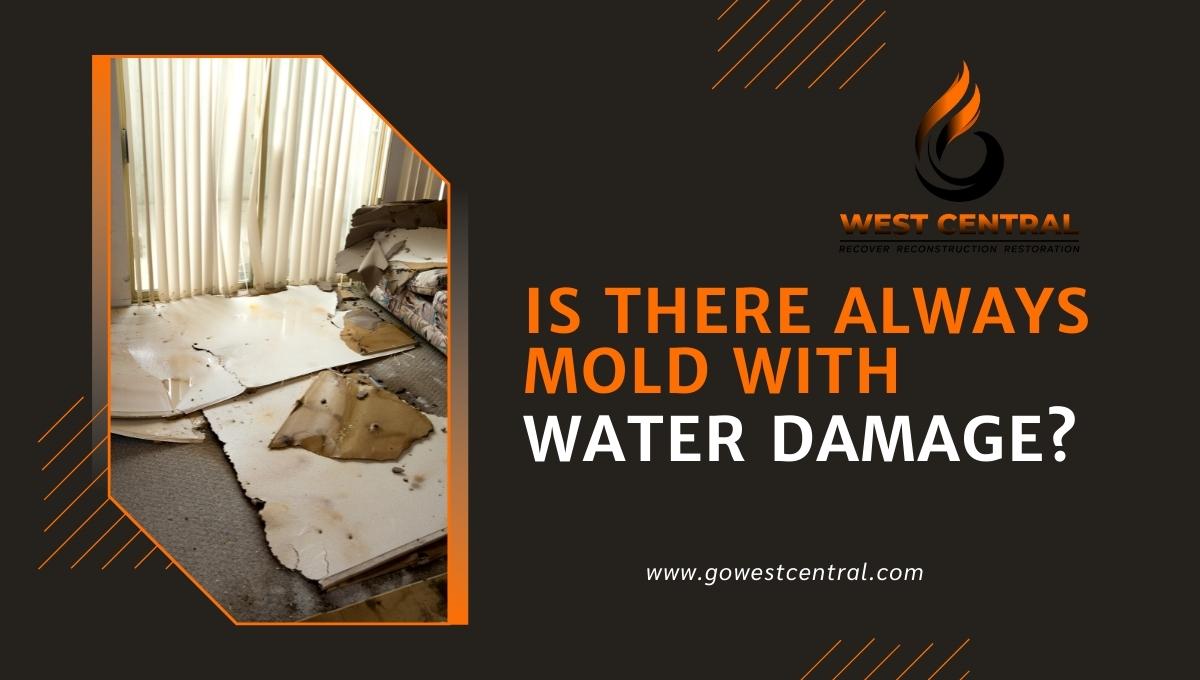 Whether a home floods because of an overflow of a nearby river, a heavy thunderstorm, clogged storm drains, or broken water mains, the cost of cleaning and restoring flood damage can be enormous.
Whether a home floods because of an overflow of a nearby river, a heavy thunderstorm, clogged storm drains, or broken water mains, the cost of cleaning and restoring flood damage can be enormous.
For instance, at least $53,000 is required to clean and restore a 2500-square-foot home that floods to just six inches. And the total cost of the flood damage restoration process can be much higher depending on the type of property damaged, extent of spread of the flood, number and value of items affected and subsequent replacement costs.
Therefore obviously it is better to take measures to prevent a home from flooding rather than to clean up and restore it after a flood. Preventive measures also reduce potential damages should a home eventually flood.
Here are 3 best ways to reduce flood damage in your home
- Have your home inspected regularly
Having your home regularly inspected can promptly pick up issues that may make it vulnerable to flooding. For example, frequent inspection can reveal faults in a home’s drainage system and allow for a timely correction to prevent flooding.
With regular inspection, you’ll often find and remove debris from the gutters. You’ll also correct any leaks or gaps in the gutters that may direct water towards the home’s foundation instead of away from it. Equally, you’ll be able to make sure downspout extensions divert water far away from the foundation.
Integrity of the foundation of your home is critical in preventing flooding. So check the foundation regularly for cracks. If there are any cracks, fill them up to prevent possible water seepage into your home. To seal larger cracks, hire a basement specialist or structural engineer.
The windows should not allow water into your home. Make sure that windows fasten firmly and when appropriate buy window well covers that close securely to prevent entry of water into the wells.
Re-grading your yard is an effective flood control measure. Look for and correct potential trouble spots in the yard, especially if drainage problems tend to occur after it rains.
Ensure that the soil within three yards from your house slopes away in order to direct water-flow away from the foundation. Dig trenches or install drains to facilitate runoff, and plant vegetation or build a rain garden to absorb away water runoff.
- Install flood-control equipment
There are a number of installations that can reduce flood damage. First, you can install flood vents to keep floodwater flowing through an enclosure below your home, and to reduce water pressure from building and damaging the foundation or walls.
Second, you can install a sump pump to direct groundwater away from the building and prevent basement flooding. Since storms are associated with loss of electricity, have a backup battery to run the sump pump in case of power outage.
Third, you can install flood damage-resistant flooring in flood-prone areas, such as basements. Flooring materials like rubber, vinyl, and ceramic tiles are flood damage-resistant. For walls and ceiling, water-resistant cement board, pressure-treated wood, or concrete are appropriate.
If you are being especially thorough, you can install a backflow preventer in the main sewer line. It will minimize your home’s exposure to the main sewer backup.
Your home’s sewer line should also be inspected by a professional to clean and unclog it and identify any blockages. Avoid putting things down your home’s pipes that could cause a clog or backup such as large food scraps or cooking grease.
Consider installing a flood alert system. The alert system will provide an early warning in case of a flood or emergency. There are many water sensors and warning devices in the market, and even the most basic system will give the necessary early warning. Similarly, sign up for emergency alerts through the local emergency management department.
- Store essentials off the ground
To reduce flood damage, you need to minimize exposure of utilities, appliances, documents, and equipment to flood water. An easier way to ensure this is keeping these essentials off the ground.
Elevate your fuel tanks, washing machines, dryers, central air conditioning units, and heat pumps above the ground. If possible, locate them in the attic or higher floors.
Keep anything that could be damaged by water off the basement—books, pictures, and electronic equipment must never be on the basement. If you have no other option, store the items in a cabinet or elsewhere above the ground.
Place valuable documents, such as birth certificates and other records in watertight containers, like a waterproof safe. And have such a safe ready as part of your emergency supply kit that you can quickly grab and take with you.
When there are essentials that have to be on the lower floors or located outside, ensure they are placed on platforms positioned at least 1 foot above the base flood elevation. Anchor the items placed on platforms to prevent their collapse, flotation, or lateral movement.
Equally, position switches, outlets, electrical wiring, fuse boxes, and electrical service panels at least 1 foot above flood elevation levels.
Want help with flood damage throughout Florida? Call the number +1 (352)-270-8417 to link up with skilled, knowledgeable, and experienced flood damage restoration from West Central Equipment and Restoration.
For more information on flood damage restoration, visit the site “West Central Equipment and Restoration.”


